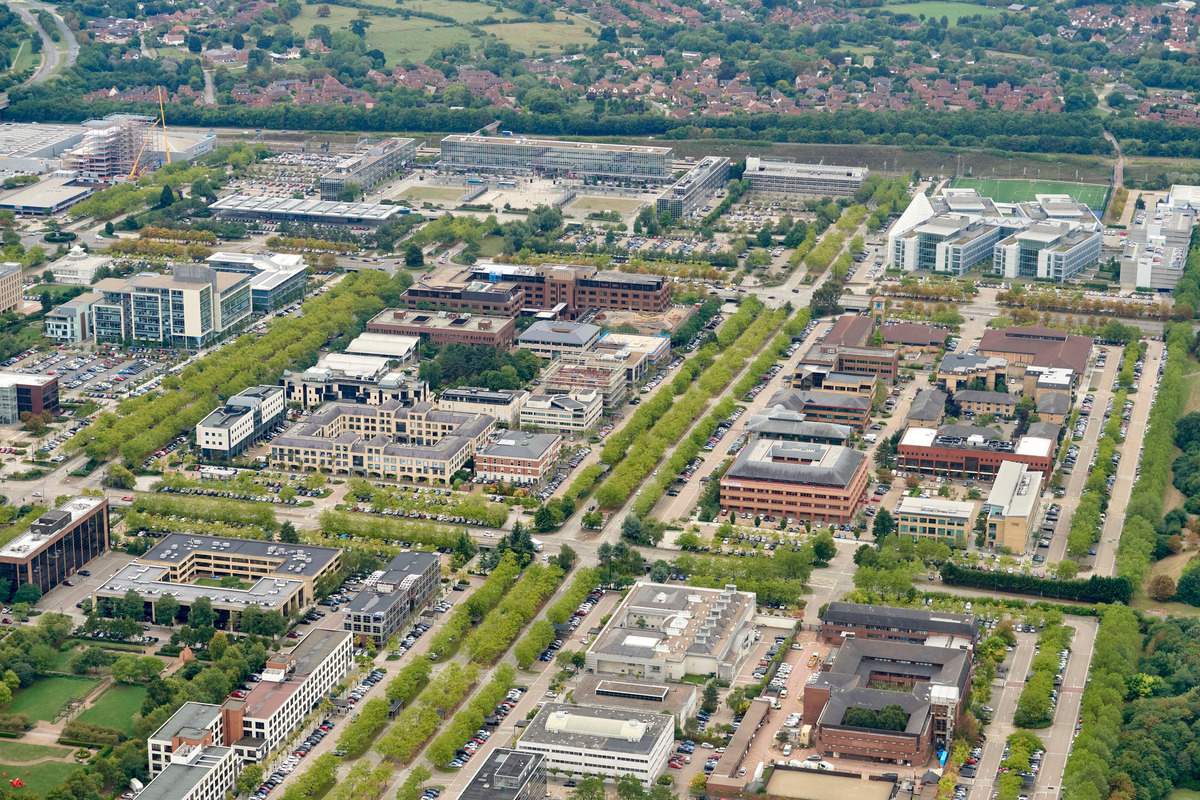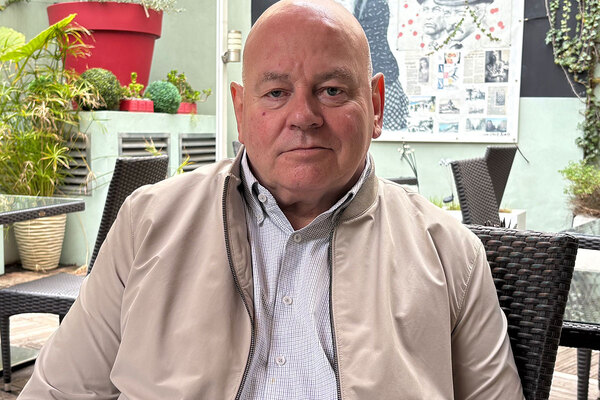
Tom Armfield is head of planning – Midlands at Turley
Beyond just housing: creating meaningful spaces from day one
We need policy and financing to enable new settlements to be successful communities from their creation, writes Tom Armfield
Given that almost three-quarters of the British public believe that the Conservatives bear responsibility for the housing crisis, it’s unsurprising that housing secretary Michael Gove sought to set out new measures over the summer to help the government meet its target of building one million homes during the Conservatives’ tenure in office. This included several plans to relax planning rules and speed up the delivery of housing.
There is no denying the importance of this government’s one million housing policy – we drastically need to build more market and affordable homes to solve the ongoing national housing crisis. But the government’s ‘target’ is almost laughable given that only 491,760 new homes have been built in the past three years combined. Of that total number, only 22.9% are classed as affordable homes.
The pressure on private developers and local authorities to deliver more affordable housing has left them essentially with two choices: support several small-scale residential projects on the outskirts of existing towns and cities, or embark on the challenge of creating entire new settlements.
Typically, a new settlement project must consist of at least 4,000 homes to justify the supply of key supporting infrastructure, such as new schools and GP surgeries, to transform it into a true ‘settlement’. The scale of these new settlement projects can drastically support local authorities in meeting the housing targets laid out in their local plans and represent a unique opportunity for innovative and nationally significant placemaking.
However, one of the biggest hurdles facing the development of new settlements, aside from land availability, is how developers can create meaningful spaces from day one.
While it may sound contradictory, given the current housing crisis and lack of affordable housing, the focus needs to be on first supplying everything else within that community, apart from housing. This will help to create meaningful communities where residents can live comfortably from day one of moving into their new home.
“By having a national planning policy that responds to and supports new settlement development, developers can focus on delivering the infrastructure that matters”
That means ensuring schools are built and ready to accept new students, GP practices are ready and staffed, transport networks are fully operational to get residents from A to B, and community centres are available for residents to benefit from.
It’s this supporting infrastructure that should be at the heart of new settlement placemaking and available to all residents moving into their new homes. Yet, they are rarely prioritised during the development of new communities. If the local amenities are not present to support these new residents from the outset, they will likely develop habits around services outside the locality. This will only serve to undercut the growth and development of the settlements in the long run.
So, what is stopping this from happening?
Unsurprisingly, it all comes down to funding. The financial outlay of any new settlement project is vast. A 10,000-home new settlement would take decades to be developed. Under standard house builder methods of construction in 2023, about 250 to 300 homes can reliably be delivered in a single location each year.
This sheer scale means they require considerable upfront investment from the master developer and their partners, putting pressure on them to find ways of delivering faster returns. It is also important to note that no single developer builds an entire new settlement. They will always sell off plots to others to reduce their exposure and increase the pace of development, but this can add additional layers of complexity in planning and co-ordination.
This understandably results in developers focusing on the delivery of housing first, which can be sold as soon as they’re built. However, the impact of this is the creation of new settlements centred around housing rather than infrastructure, services and amenities. The result can be soulless housing estates with no sense of place that become a terrible advert for long-term new settlement development elsewhere. A shift in focus, driven by the central government, is therefore needed.
There is much more the government could be doing to enable, rather than encumber, the work of private developers and local authorities. By having a national planning policy that responds to and supports new settlement development, developers can focus on delivering the infrastructure that matters. For instance, creating a dedicated infrastructure fund that supports the development of schools and healthcare centres would allow developers to prioritise these before housing.
Similarly, the scale and importance of new settlement projects bring into question whether they should have their own planning procedures. As it stands, new settlement schemes, irrespective of scale, go through local plans and are left to local authorities to manage.
By classifying new settlement development under ‘nationally significant infrastructure projects’, the government can move the responsibility of these developments away from under-resourced local authorities while ensuring the correct considerations are given to projects before planning consent is granted.
In a similar vein, creating a ‘national new settlement taskforce’ within the government could guarantee these projects – which deliver so much in terms of housing and economic growth – are given the priority they deserve and ensure they are able to access both funding and resources necessary to progress them.
Only then can we guarantee we are building meaningful communities that households can immediately benefit from.
Tom Armfield, head of planning – Midlands, Turley
Sign up for our development and finance newsletter
Already have an account? Click here to manage your newsletters












